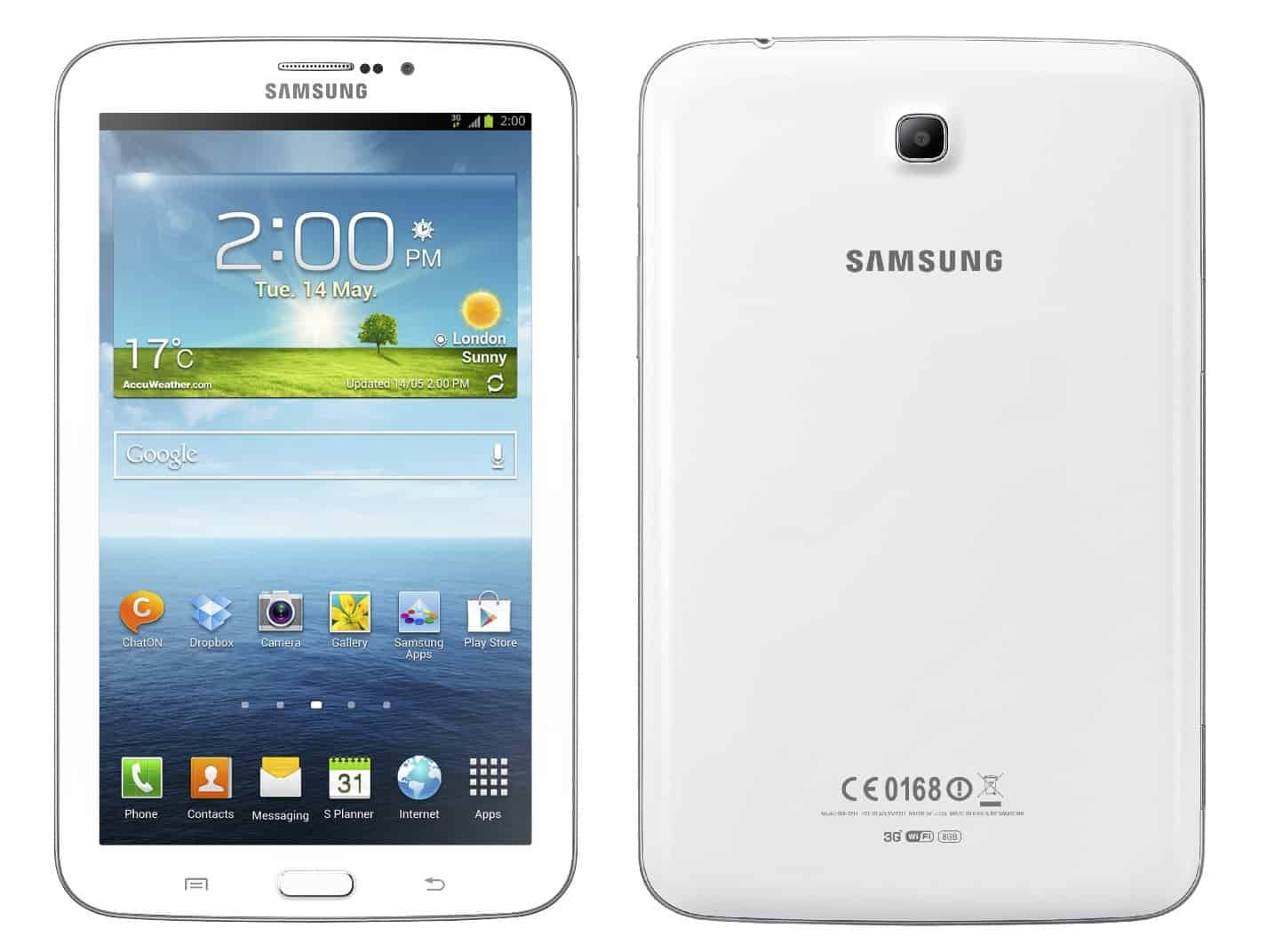
Using the -address option we could find all the individual leaked bitmap objects:Īnd dump them out to files. Heap was able to determine that the leaked memory contained JBIG2Bitmap objects. Running the heap tool after releasing all the associated resources gave the following output:Ĩ25 26400 32.0 JBIG2Bitmap C++ CoreGraphics gif file Samuel noticed that rendering the image appeared to leak memory. An observationĭuring our initial analysis of the. Both current and upcoming state-of-the-art mitigations such as Pointer Authentication and Memory Tagging have no impact at all on this sandbox escape. In fact it's unclear where the features that it uses end and the vulnerabilities which it abuses begin. In this post we'll take a look at that sandbox escape. They used that vulnerability to bootstrap a powerful weird machine capable of loading the next stage in the infection process: the sandbox escape. gif iMessage attachment (which was really a PDF) NSO were able to remotely trigger a heap buffer overflow in the ImageIO JBIG2 decoder.
#SANDBOXD PROCESS 3 SAMSUNG GALAXY CODE#
Late last year we published a writeup of the initial remote code execution stage of FORCEDENTRY, the zero-click iMessage exploit attributed by Citizen Lab to NSO.

Any editorial opinions reflected below are solely Project Zero’s and do not necessarily reflect those of the organizations we collaborated with during this research. We want to thank Citizen Lab for sharing a sample of the FORCEDENTRY exploit with us, and Apple’s Security Engineering and Architecture (SEAR) group for collaborating with us on the technical analysis. Posted by Ian Beer & Samuel Groß of Google Project Zero


 0 kommentar(er)
0 kommentar(er)
